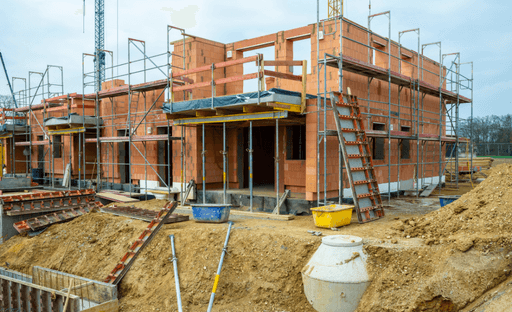Why are more houses not being built?
Are you wondering why more houses aren’t being built? We’ve all heard the stories of people struggling to find affordable housing, so it’s a valid question. In this blog article, we’ll be uncovering the reasons behind low home building rates and exploring solutions to increase home construction. We’ll also look at what can be done to create more homes and make housing accessible for all. So if you’re interested in learning more about this important topic, read on!
It’s no secret that the housing market is in a bit of a pickle. With demand for homes far outstripping supply, prices are rising and more people than ever before are struggling to find affordable places to live. So why aren’t more houses being built?
The answer isn’t simple; there are many factors at play here. One of the biggest issues is land availability – it can be difficult to find suitable sites for new developments, especially in urban areas where space is limited and existing infrastructure needs to be taken into account. In addition, building regulations can often make it hard for developers to get projects off the ground quickly or cost-effectively – meaning they’re less likely to take on such projects in the first place.
Another factor contributing towards this lack of housebuilding activity could be financing: getting mortgages approved has become increasingly difficult since 2008’s financial crisis, making it harder for potential buyers (and therefore developers)to secure the funding needed for construction work. Similarly, with banks tightening their lending criteria over recent years due diligence costs have risen significantly – again reducing incentives from investors who may otherwise have been willing to finance new builds.
The value of homes in the United Kingdom can vary greatly, with locations and their respective market demand having a major impact on their price. Generally speaking, however, the average house prices have been increasing in recent years; however, this trend could be reversed at any time due to external factors such as changes in consumer confidence and the political climate with interest rates. Employment levels and wage growth can also have an effect on housing prices, as well as population demographics. In addition to these more predictable variables, sudden events such as Brexit can cause drastic shifts in house values across the country.
Finally, there’s also an element of uncertainty when it comes to constructing new properties – particularly when you factor in things like planning permission delays or local opposition which could potentially derail entire projects if not managed correctly! This means that even if all other conditions were favourable (i.e., land available & finance secured), builders still face considerable risk before breaking ground on any development – something which might put them off taking such risks altogether…
All these factors combined mean that despite high demand levels we simply aren’t seeing enough houses being built right now – but thankfully this doesn’t necessarily mean we should despair just yet! Governments across Europe are starting to recognise this issue and introduce measures designed to encourage investment into residential property markets; from tax breaks & subsidies through increased public sector spending on social housing schemes…all these initiatives should help increase housebuilding activity over time so hopefully, soon enough everyone will have access affordable home they need.
Uncovering the Reasons Behind Low Home Building Rates
Have you ever wondered why more houses aren’t being built? It’s a question that has been on the minds of many people in recent years, as housing shortages and skyrocketing prices have become increasingly common.
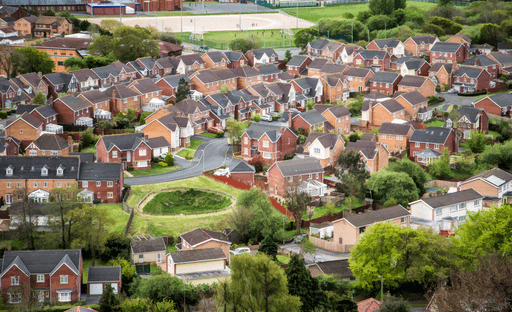
The truth is, there are a number of factors at play when it comes to low home building rates. From rising construction costs to zoning regulations, there are plenty of obstacles standing in the way of new home construction. Let’s take a look at some of these reasons and explore how they contribute to this issue.
First off, one major factor behind low home building rates is the cost associated with constructing new homes. Building materials such as lumber and steel can be expensive, while labour costs for skilled workers continue to rise each year due to increasing demand for their services. This makes it difficult for developers or builders who want to construct new homes but may not have access to enough capital or resources needed for such an endeavour.
Another obstacle preventing more houses from being built is zoning regulations which dictate what type and size properties can be constructed in certain areas based on local laws or ordinances set by city councils or other governing bodies within those jurisdictions. These restrictions often limit where developers can build homes which further reduces available land suitable for residential development projects thus leading to fewer opportunities overall when it comes to constructing additional dwellings.
Finally, environmental concerns also play an important role in determining whether any given area will allow housing developments. For example, if an area contains endangered species then local governments might choose not to permit any kind of residential development so as not to disturb them. In addition, climate change has caused extreme weather events like floods hurricanes etc that could make certain areas unsuitable living conditions even if they were previously approved by authorities beforehand.
All these factors combined create quite a challenge when trying to figure out why more houses aren’t being built – but understanding them helps us get closer towards finding solutions that address this growing problem.
Exploring Solutions to Increase Home Construction
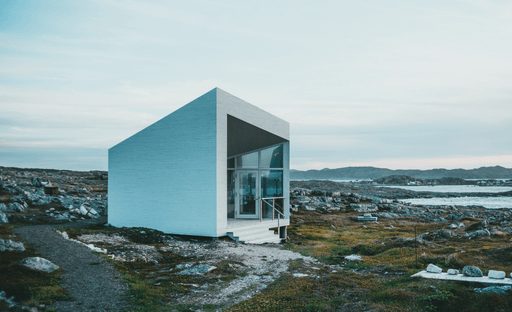
Are you wondering why more houses aren’t being built? It’s a valid question and one that many people are asking. The answer is complex, but the good news is that there are solutions out there to help increase home construction.
One of the biggest issues with home construction is cost. Building materials can be expensive, and labour costs can add up quickly as well. But there are ways to reduce these expenses without sacrificing quality or safety standards. For example, using recycled building materials or finding alternative suppliers for certain items can help keep costs down while still providing high-quality results.
Another issue when it comes to constructing homes is access to land and resources such as water and electricity connections needed for new builds in some areas of the country may not be available right away due to zoning regulations or other factors beyond our control – but this doesn’t have to stop us from exploring creative solutions like prefabricated housing units which could provide an affordable solution in areas where traditional construction isn’t possible yet!
Finally, we need better incentives for builders who want to construct more homes – whether through tax breaks or other forms of financial assistance – so they don’t have too much risk involved in taking on projects like this one! This could encourage them even further towards increasing their production rate which would ultimately result in more housing options becoming available across different parts of the country over time!
Overall, it’s clear that there are plenty of potential solutions out there when it comes to increasing home construction rates – all we need now is action from both government officials and private citizens alike if we’re going to make any real progress on this front.
What Can We Do to Create More Homes?
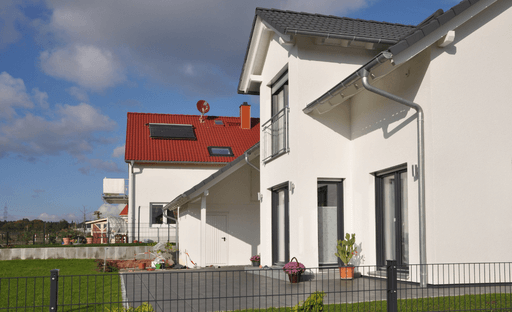
It’s no secret that the housing market is in a state of crisis. With more people than ever looking to buy or rent homes, it can be difficult to find an affordable place to live. But what can we do to create more homes?
The first step is for governments and local authorities to invest in building new housing developments. This could include providing incentives for developers, such as tax breaks or reduced fees, which would make it easier and cheaper for them to build new properties. Additionally, they should look into creating zoning laws that allow denser development on existing land so that more houses can be built without taking up too much space.
Another way we could create more homes is by encouraging homeownership through programs like down payment assistance and other forms of financial aid. These initiatives help potential buyers get into the market by reducing their upfront costs and making mortgages easier to obtain—which means there are fewer barriers preventing people from owning their own homes
Finally, we need better regulations when it comes to renting out properties so landlords don’t take advantage of tenants with high rents or unfair terms in leases—this will ensure everyone has access to safe and secure living spaces at reasonable rates!
Overall, there are many ways we can work together towards creating a healthier housing market with enough supply for everyone who needs a place they call home!
Discovering Ways to Make Housing Accessible for All
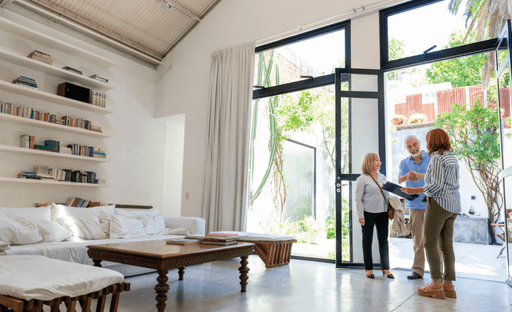
We all know that housing is one of the most important needs for a comfortable life. Unfortunately, not everyone has access to affordable and quality housing. This is why it’s so important to discover ways to make housing accessible for all.
There are many factors that contribute to this issue, such as rising costs of land and construction materials or zoning regulations that limit the number of houses being built in certain areas. But there are also solutions we can explore – like creating more incentives for developers who build affordable homes or making sure zoning laws don’t prevent people from having access to adequate living spaces.
It’s also worth considering how technology can help us find new ways of providing quality housing at an affordable price point – from prefabricated buildings made with sustainable materials, which require less time and money than traditional building methods, to 3D-printed homes which could revolutionize the way we build our dwellings in the future!
Ultimately, discovering ways to make housing accessible for all requires collaboration between government agencies, developers and citizens alike – but if we work together towards this common goal then I’m confident that we’ll be able to create a better future where everyone has access to safe and secure shelter no matter their financial situation!
If someone tried to design a housing system and they came up with this one, they would be told to think again
If someone tried to design a housing system and they came up with one that didn’t provide enough homes for everyone, then they’d be told to think again. It’s essential that we have enough houses available so that everyone can find a place to live. Unfortunately, there are still many areas of the world where this isn’t the case.
The good news is that more houses are being built all the time – but it’s not happening fast enough! We need governments, developers and communities working together in order to ensure an adequate housing supply for all people. This means creating policies which support affordable housing construction and making sure there is sufficient land available for building new homes on.
It also requires investment from private companies who can help build these new properties quickly and efficiently while providing quality living spaces at an affordable price point too. With all of these elements in place, we’ll be able to create a much better housing system than what currently exists today – one which provides safe and secure places for people from all walks of life!
Matrix Structures Building System
There is no denying that the world is in dire need of more housing and apartment complexes to meet the demands of a rapidly expanding population. But while many cities are struggling to come up with solutions to build more homes quickly, Matrix Structures Building System offers an innovative solution – panelised system construction. This modern building method offers a myriad of advantages that can help solve our global housing crisis.
Panelised system construction is a fast and efficient way to construct homes that are built with pre-fabricated panels or modules that are produced in a factory setting. This allows for shorter build times as the panels are shipped onsite and installed quickly, saving valuable time and resources during the construction process. The ability to construct entire buildings offsite also cuts down on-site disruption and greatly reduces waste compared to traditional methods of construction. Additionally, the components used in panelised construction offer greater accuracy than those used in conventional methods, leading to quicker and easier installation once on site.
The benefits of panelised system construction go beyond just speed and efficiency; it also helps reduce costs by making use of fewer man-hours thanks to its streamlined production process. As well as this, it allows for tighter control over quality since each component is built according to precise specifications in the factory environment, reducing defects that may occur during installation if left unchecked. Furthermore, since each panel or module is made from lightweight materials such as steel or composite wood, transportation costs are minimised due largely in part to their reduced weight when compared with traditional building materials like concrete or brick.
Overall, Matrix Structures Building System’s panelised system provides an effective solution for reducing costs while at the same time offering a fast and efficient way to construct homes quickly without sacrificing quality or safety standards. With its sustainable production process and shorter build times, it has become an increasingly popular choice among developers all over the world looking for ways to tackle our ongoing housing crisis while still staying within budget constraints.
Why aren’t more houses being built in the UK?
It’s no secret that the UK is facing a housing crisis. With demand for homes far outstripping supply, it’s easy to understand why more houses aren’t being built. But what are the underlying causes of this shortage?
One of the biggest issues is land availability. In some areas, there simply isn’t enough space to build new homes – especially in urban areas where existing buildings take up most of the available space. This means that developers have to look further afield and purchase land from rural or agricultural sources – which can be expensive and time-consuming.
Another factor is cost: building materials, labour costs and other associated expenses all add up quickly when constructing new properties. This makes it difficult for developers to make a profit on their projects without charging high prices for their finished products – something many people simply can’t afford in today’s market!
Finally, there are also planning regulations which can slow down construction projects significantly; with local authorities having the final say over whether or not they approve any given development plan before work begins on site – this adds another layer of complexity (and expense) into getting any project off the ground!
All these factors combined mean that while we desperately need more houses being built in order to meet demand, unfortunately, it just isn’t happening as quickly as we’d like – but with some creative solutions such as modular builds and innovative financing models hopefully, things will start changing soon.

